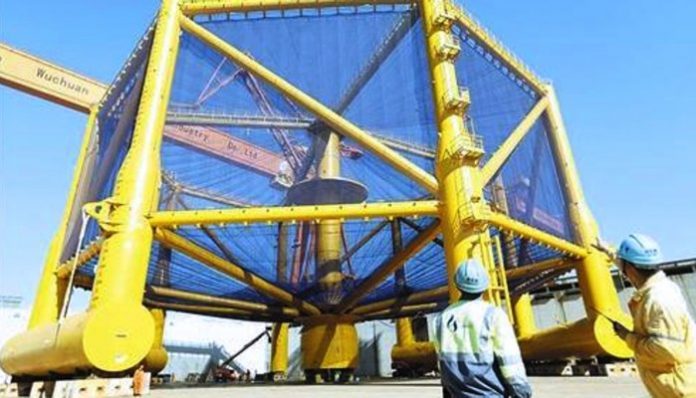Are China’s ambitious plans a threat to traditional salmon farming?
The 97-meter-long “Guoxin 101” is now anchored in Sansha Bay, just northwest of Taiwan. Here, in the East China Sea, the ship has been out for three weeks. “Guoxin 101” is a brand new and resilient initiative in China, focused on closed-containment sea fish farms.
China is a big consumer of salmon. And salmon can be produced in different ways. Today, for all practical purposes, all salmon are traditionally produced in open cages. This form of production has, as of today, clear limitations. First of all, it depends on correct and stable sea temperatures and area access. In China, the Yellow Sea and the East China Sea, cannot offer any of these.

Three choices
China wants tp produce its own salmon. For that, another kind of technology is needed. They have three choices:
- Land-based fish farms
- Sea rigs
- Semi-closed or completely closed facilities in the sea. These can be closed cages or floating vessels
China is now engaged in all three technologies and forms of production. Everything happens within the country’s territorial boundaries.
More facilities
Land-based fish farms for salmon have been operating for a long time. At Hainan, and in the Gobi Desert and in the Himalayas. More and larger facilities are now being set up outside of Shanghai.
Sea rigs are also being built. At least three rigs have been launched, two of which appear to have copied the designs for SalMar’s “Ocean Farm 1”. The latter was also built at a shipyard in China.

Currently, new salmon production is in its early stages. Land-based salmon production has been through a number of operational accidents and challenges. It’s a long way away from profitability.
Ocean rigs have only started up, but have also faced biological challenges.
Ships
On Monday, it was reported that Chinese players have begun testing out fish farm vessels, which are a form of semi-closed facilities in the sea. The company behind it has already pre-announced huge construction plans, with up to 50 aquaculture ships each with a tonnage of 100,000 tonnes in the pipeline.
But all these plans are, of course, conditional on them solving the biological and economic puzzle. They need to show those around that they are able to produce high-quality salmon at a competitive cost. If they do not comply, these grand plans to build a fish farming armada, with rigs or ships, will simply not happen.


